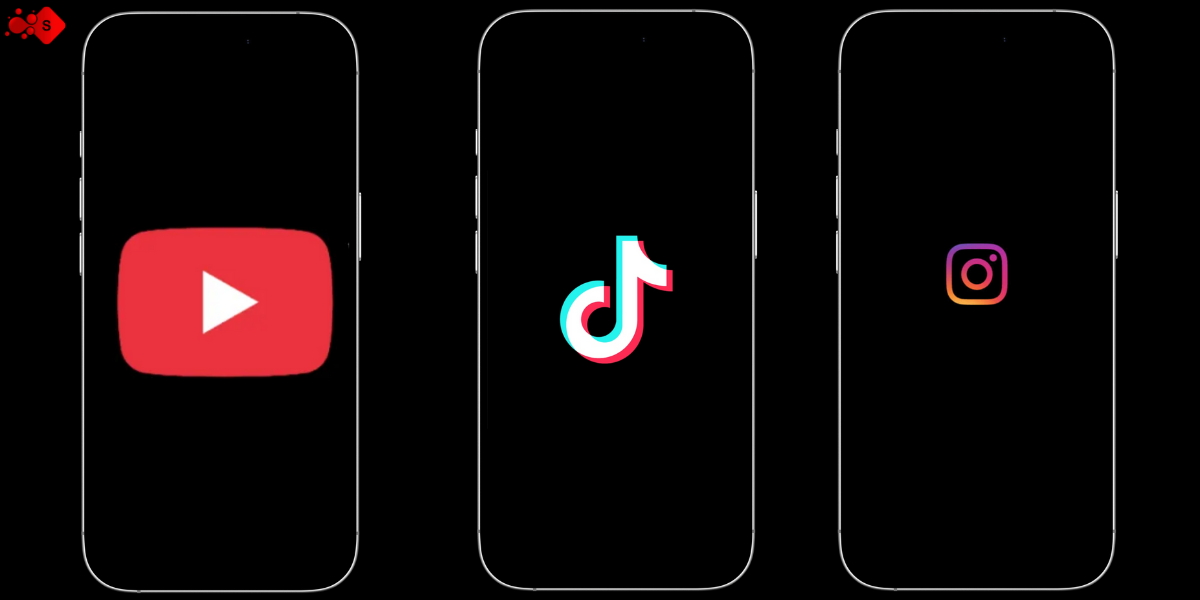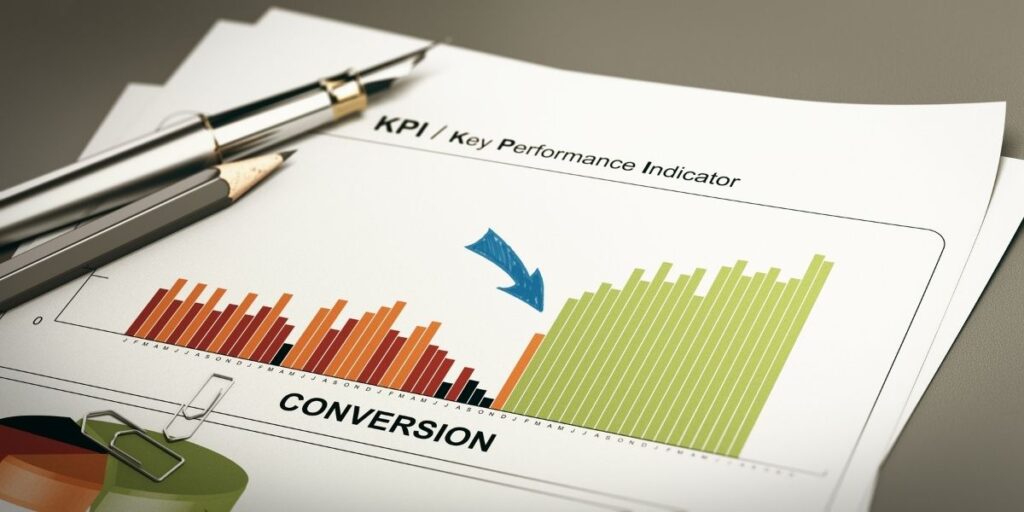Short-form video content is all about those quick clips that last under 60 seconds, crafted to catch the viewer’s eye instantly and provide quick, meaningful value. These include Instagram Reels, TikTok, YouTube Shorts, Facebook Stories, and more. For brands and professionals across industries, from B2B service providers to healthcare clinics, real estate agents, law firms, and solopreneurs, short video content has become a cost-effective way to connect with audiences.
In this guide, you’ll learn what makes short video marketing effective, how algorithms amplify this content, the psychology behind its popularity, and practical ways to start using it to grow your brand.
The Psychology Behind Short-Form Video Dominance

Instant Gratification in the Attention Economy
People consume media in short bursts, and the short-form video fits perfectly into this habit. The attention economy limits time and increases distractions, so viewers crave content that delivers value in seconds. Short-form video content allows brands to meet this demand with punchy, engaging stories that offer immediate benefits or entertainment. Viewers retain 95% of a message when watching a video, while they retain 10% when reading text.
Micro-Learning in 60 Seconds or Less
One strength of short video content is its ability to educate quickly. Whether it’s a tip, how-to, or industry insight, short video marketing makes it easy for viewers to learn something valuable fast. This “snackable” format helps solopreneurs and service providers build authority and trust without overwhelming their audience.
Psychological Triggers That Boost Retention
Short-form video is built on psychological principles like curiosity loops and emotional impact. Creators use suspense, pattern disruption, and strong visuals to keep viewers watching. These triggers help improve retention, which in turn signals platforms to boost the visibility of your short video marketing. 60% of viewers watch 41-80% of the total video length, highlighting the higher engagement rate for short content. This shows that viewers are more likely to stick around for shorter videos.
Platform Algorithms Favor Short-Form Video

How Discovery Works
Every major platform prioritizes short-form video marketing. TikTok, Instagram, YouTube Shorts, LinkedIn, and even Facebook use algorithms that favor high-engagement short video content. These platforms reward quick consumption, so your content has a higher chance of being discovered if it’s short and captivating. Short-form videos receive 2.5 times more interaction than long-form videos.
Completion Rate, Engagement Rate, Conversion Rate
To succeed with short-form video ads, focus on metrics like completion rate, engagement rate, and conversion rate. These tell platforms that your content is worth sharing widely. High completion rates signal value, while strong engagement drives social proof and increases your reach.
How Algorithmic Signals Increase Visibility
The more people interact with your short-form video content, the more it gets recommended. Algorithmic signals like likes, shares, comments, and rewatches are crucial. Consistent, high-quality, short-form video marketing improves your visibility exponentially. 47% of marketers say short-form videos are more likely to go viral.
Talk About Your Marketing Budget With Expert
Authenticity Over Perfection
User-Generated Content as Social Proof
Audiences respond better to authenticity than polish. User-generated content, like reviews, testimonials, and reactions, can act as compelling social proof. When real people talk about your brand in short video content, it feels more trustworthy and relatable. 44% of marketers incorporate to use of short-form videos in their strategies.
Soundless Optimization
Many people watch short-form video content without sound, especially on mobile. Optimize your content with captions, bold visuals, and storytelling that doesn’t rely on audio. This improves accessibility and helps your best short video content reach more viewers.
According to Wyzowl, 73% of consumers choose to watch short videos to know more about a product, making it one of the most popular ways to market to an audience.
Why Raw and Relatable Beats Highly Polished Content
Polished videos are no longer the only effective approach. The best-performing short-form content creation highlights raw, real-life moments. For law firms, clinics, or solo brands, this means showing the human side of your business and making your message feel more genuine.
High ROI With Low Production Costs
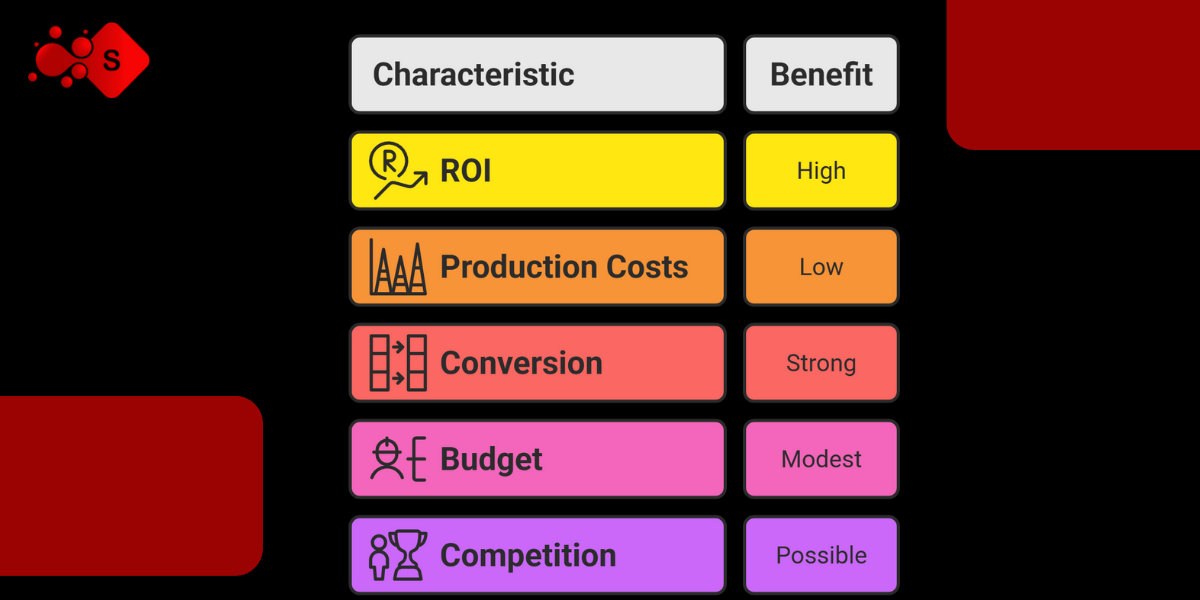
Cost-Effective Campaigns for SMBs
For small to mid-sized businesses, short-form video advertising offers an unbeatable return on investment. With just a smartphone and creativity, brands can launch effective short-form video ads without breaking the bank.
Short-Form Ads That Convert
Industries like e-commerce, legal services, and healthcare see strong ROI from short-form video ads. When done well, these bite-sized ads generate high conversion rates by quickly addressing pain points and showing clear calls to action.
Why Even Small Budgets Can Compete With Big Brands
Thanks to accessible content tools, small teams can compete with major brands. With the right short-form video content, your brand can go viral, drive leads, and build a loyal following on a modest budget.
AI-Powered Short-Form Content Strategy
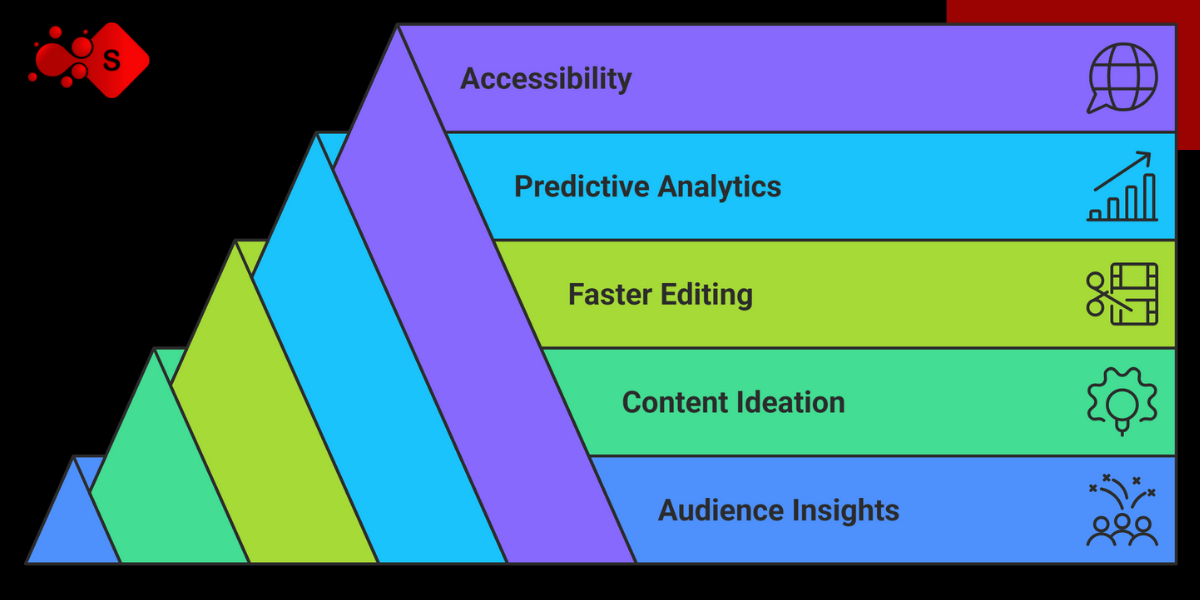
AI for Audience Insights & Personalization
AI is changing short-form content creation by helping marketers understand what their audiences want. With tools that analyze viewer behavior, brands can tailor short video content that speaks directly to their ideal customer.
Content Ideation & Trend Spotting with AI
AI tools help uncover trending topics and generate fresh ideas, making short video marketing easier to scale. Whether you’re stuck on what to post or want to ride the latest trend, AI can guide your strategy.
Faster Editing and Enhanced Quality
Editing tools powered by AI allow creators to produce the best short video content faster than ever. From automatic captions to intelligent transitions, these tools enhance both speed and quality.
Talk About Your Marketing Budget With Expert
Predictive Analytics for ROI
AI helps forecast outcomes. Predictive analytics tools evaluate the likelihood of a short-form video ad performing well, letting you optimize before launch.
Improving Accessibility
AI supports accessibility with features like auto-captioning and multi-language translation. This ensures your short-form video content reaches broader, more inclusive audiences.
Short-Form Video Platforms
Distribute your short-form video content across platforms like TikTok, Instagram Reels, YouTube Shorts, Facebook, and LinkedIn. Each offers a different audience and increases your overall visibility.
Adapting for Each Platform
Adjust your content for each platform’s style and specs. TikTok is fast-paced and informal, Instagram focuses on aesthetic visuals, and LinkedIn is more professional. Aligning your short video content tone ensures better engagement.
Repurposing Across Channels
Maximize ROI by repurposing one piece of short-form video content for multiple channels. With slight edits, your content can reach different audiences without creating new material from scratch.
Key Trends in Short-Form Video Creation

Editing Hacks & Visual Styles That Work
Effective short-form content creation involves jump cuts, memes, screen recordings, and on-screen text. These elements help keep the viewer’s attention and improve completion rates.
Text-Only vs. Voiceover

Depending on your audience, choose between text-driven videos or those with voiceovers. Many best short video content pieces use both to ensure clarity with or without sound.
AI Templates & Automation Tools
Automation tools make it easier to produce short-form video ads at scale. With AI templates, solopreneurs can generate professional-quality videos quickly.
Emerging Use Cases
Trends like behind-the-scenes tours, day-in-the-life stories, tips, and testimonials shape short video marketing. These authentic formats connect with viewers and drive interaction.
What Metrics Matter Most in Short Video Marketing
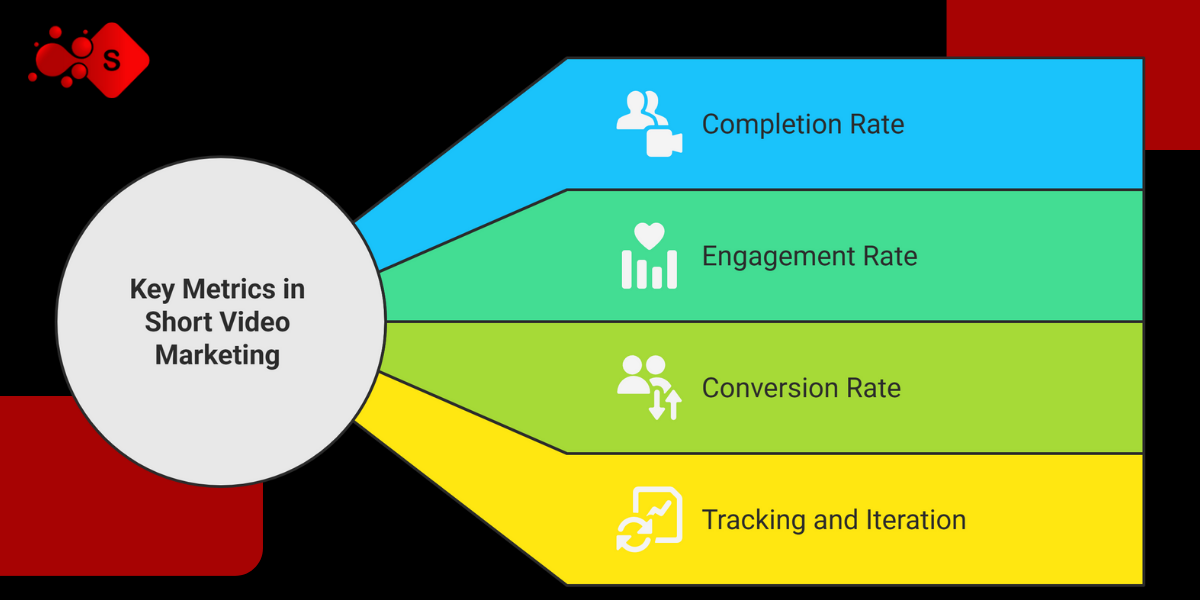
Completion Rate
The completion rate is an important metric that indicates how many viewers actually watched your entire video. A high rate tells platforms your short-form video content is engaging and worth recommending.
Engagement Rate
The engagement rate measures likes, shares, and comments. This metric plays a central role in short-form video marketing because it reflects how emotionally or intellectually invested your audience is.
Conversion Rate
Your short-form video ads should drive action. A high conversion rate means your content successfully leads viewers to take the next step, whether that’s signing up or purchasing.
Tracking and Iteration
Use these metrics to refine your strategy. Track your short-form video content performance and iterate based on what’s working to improve your ROI.
Talk About Your Marketing Budget With Expert
Making Short-Form Video Part of Your Marketing Playbook
Get Started with Simple, Strategic Content
Start with basic ideas like tips, FAQs, or customer reviews. These are easy to turn into short-form video content that delivers immediate value.
Use What You Have
Repurpose existing content, such as blog posts, case studies, and social media captions, into short-form video scripts. This makes content creation faster and more efficient.
DIY or Hire Support
Depending on your resources, you can either manage short-form content creation yourself or hire freelancers, agencies, or in-house marketers. Many white-label services specialize in short video content production.
Why Short Video Content is Dominating Digital Platforms
As we’ve shown above in our blog, that’s what makes short video content a leading force on digital platforms. Short-form video is reshaping digital media for a number of strong reasons. It meets modern viewing habits with quick, compelling content that captures attention right away. Platforms reward these videos with greater visibility while audiences engage more with relatable, authentic messages. With support from AI and cross-platform sharing, short-form videos offer flexible, cost-effective solutions that marketers can scale.
- Viewers are drawn to content that is concise, visually engaging, and delivers clear value within seconds
- Algorithms on platforms like TikTok, Instagram, and YouTube Shorts prioritize short videos
- Authentic, relatable content connects better than overproduced media
- AI tools streamline everything from creation to editing and personalization
- Multi-platform strategies maximize content reach and visibility
- Visual trends like jump cuts, captions, and text overlays improve watch time
- Content tailored for silent viewing increases accessibility and engagement
- Repurposing blogs or FAQs into short videos saves time and boosts ROI
- Metrics like engagement rate, completion rate, and conversions guide success
- Even brands with small budgets can create impactful video marketing campaigns
That’s why short video content continues to lead on digital platforms; it naturally aligns with how people watch, learn, and connect across the web.
How We Help Brands Win With Short-Form Video Content
At SpreadMe Digital, we focus on creating short-form video marketing strategies that are specifically designed for small and medium-sized businesses. Since 2014, we’ve helped hundreds of brands succeed with short-form content creation.
Our team handles everything from idea development to editing, platform targeting, and performance tracking. We produce the best short video content that helps your brand shine, connect with your audience, and boost your ROI.
Let us help you create scroll-stopping short-form video content that attracts, converts, and retains customers.
Conclusion
Short-form video content has redefined how audiences consume information. With the right strategy, small brands can use short-form videos to generate impressive results.
Start with one video. Keep it simple, stay consistent, and use data to refine your approach. Whether you’re a solo business owner or part of a marketing team, short-form content creation can help you grow faster in the digital world.
Want your brand to stand out where your audience is scrolling? Start using short-form videos to get noticed and drive real engagement.
Partner with SpreadMe Digital to create scroll-stopping videos that drive engagement and conversions. Contact us today to start building a short-form video strategy that works.




